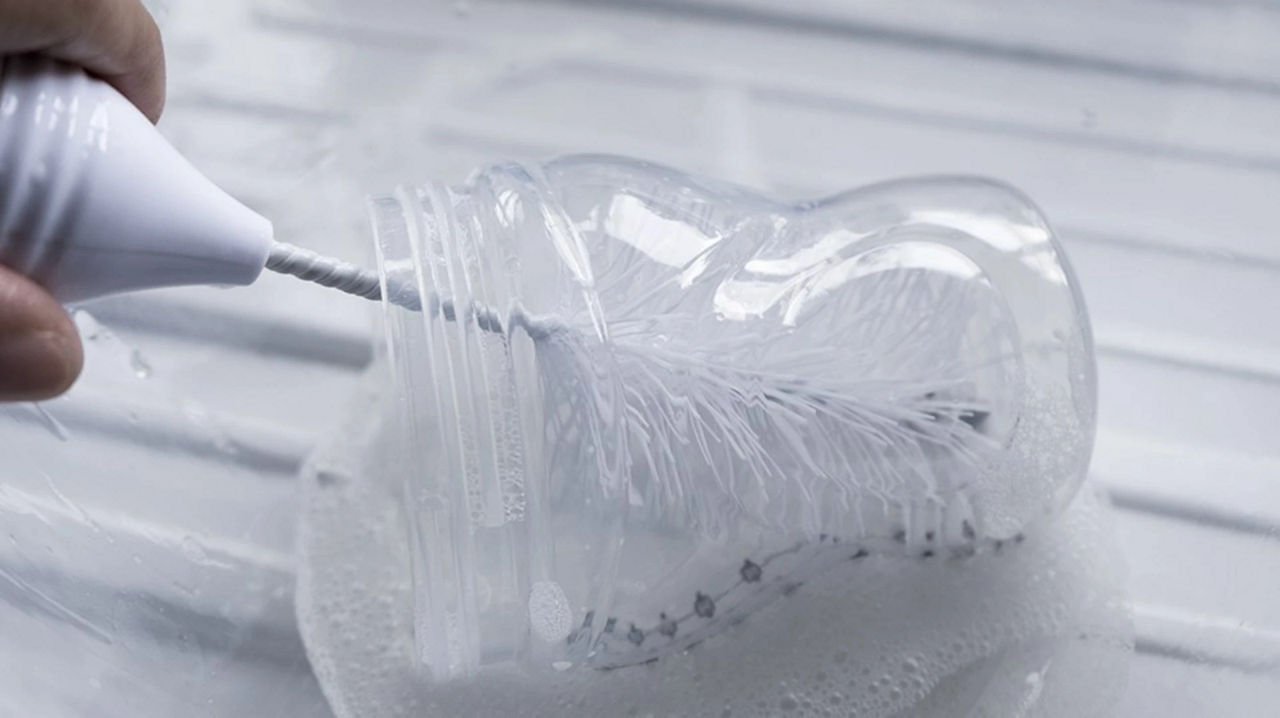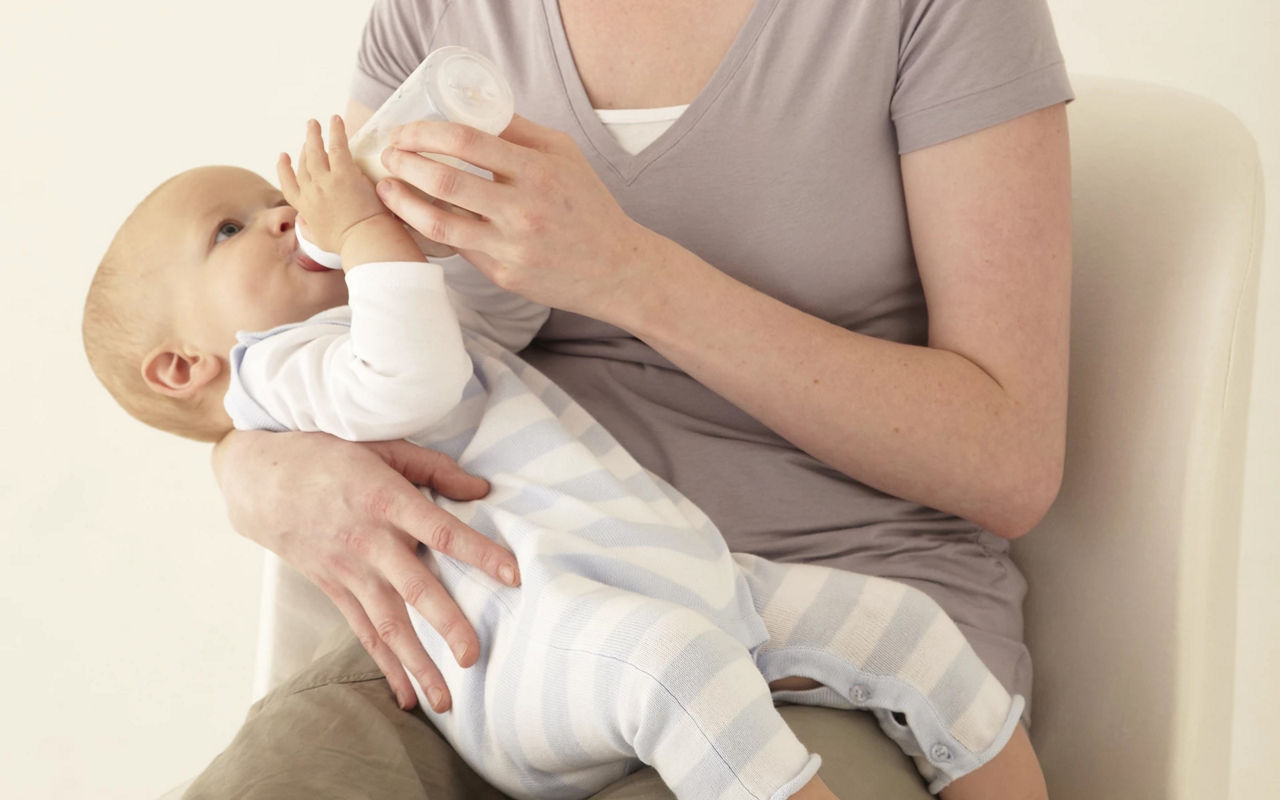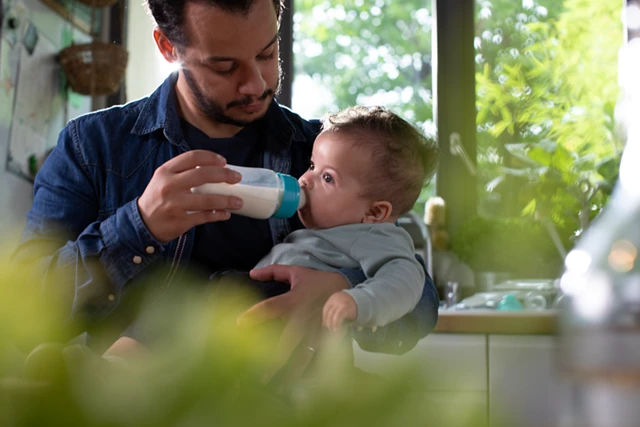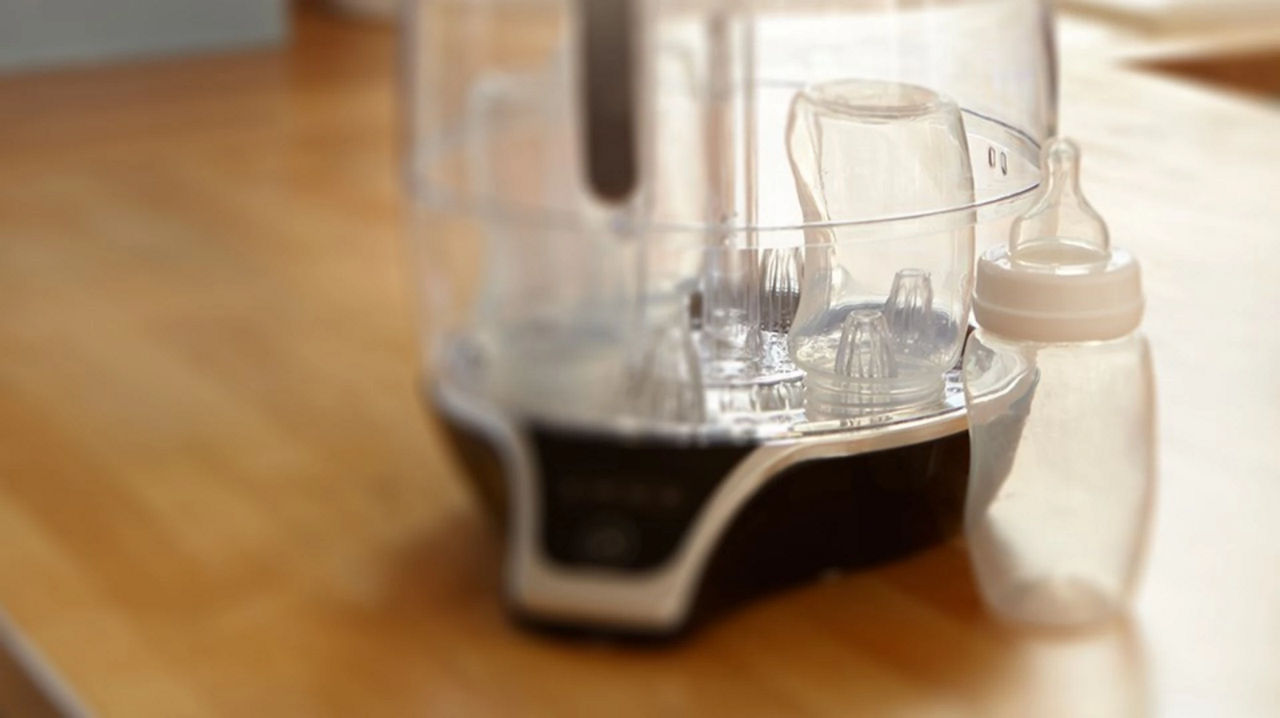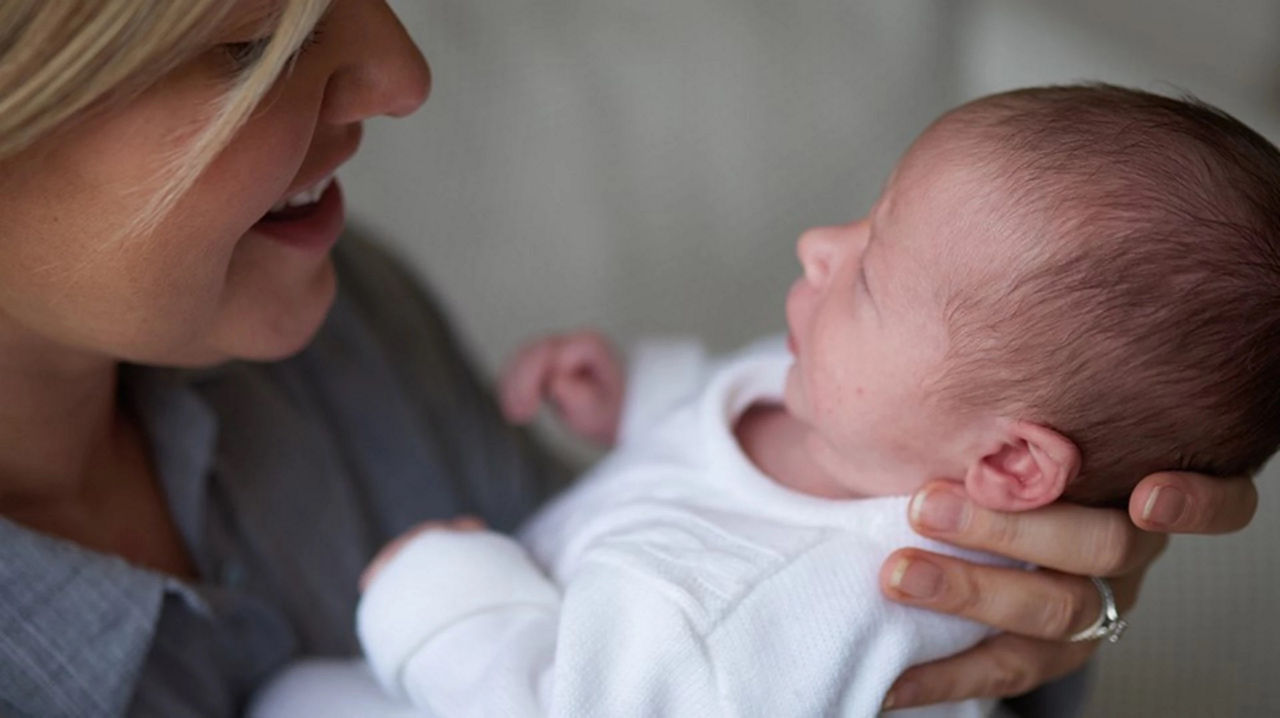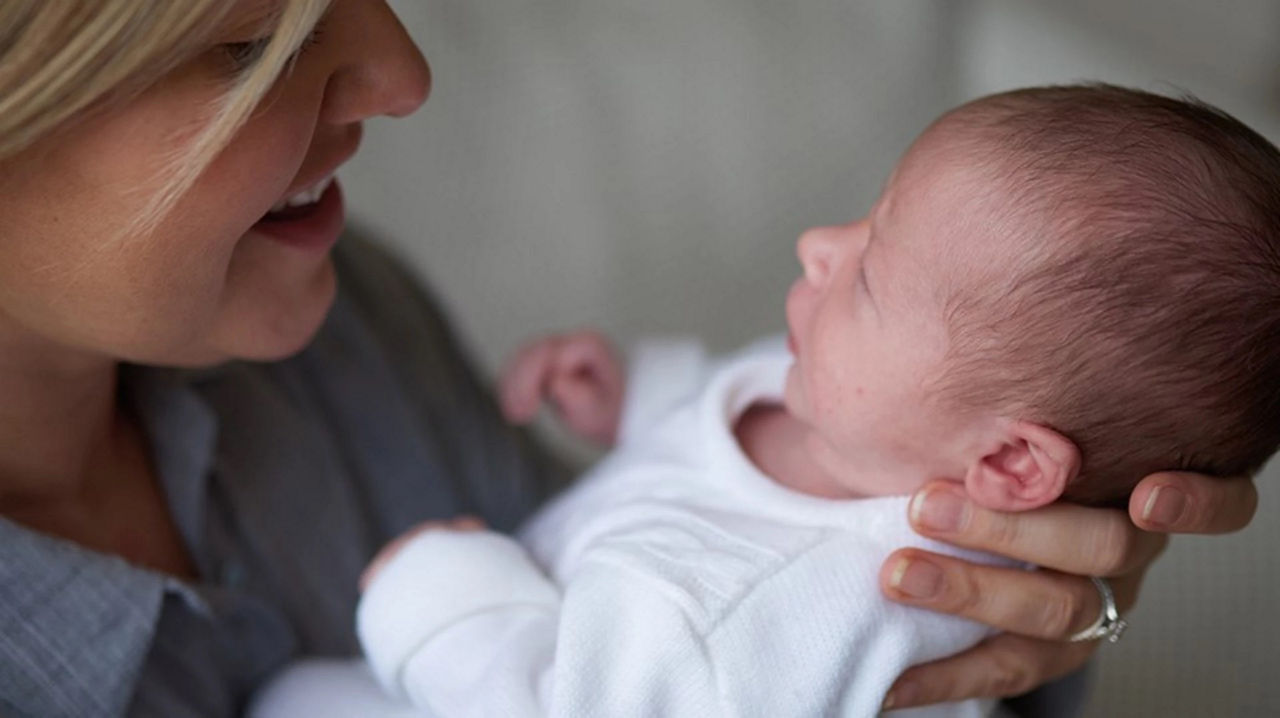Baby bottles come in two sizes:
- Small 120ml/4oz bottles
- Large 225ml/8oz bottles
They are available in three widths:
- Wide-neck
- Regular
- Narrow-neck
There is no evidence suggesting one brand or type of bottle and teat is better than the rest1,3. Some makes of wide-neck bottle are specially designed to prevent your baby from taking in too much air, which can lead to wind and discomfort. An added advantage of a wide-neck is that they’re less messy when filling with formula or breast milk and easier to clean, but take more space in a steriliser and makes it challenging to sterilise many bottles at the same time.
You may find that regular bottles are easier to find teats for, are reasonably priced and are more likely to fit coolers and sterilisers. Narrow-neck bottles can also make it easier for your baby to learn to feed themselves as they’re easier for little hands to hold, but things might get messier when filling them with breast milk or formula.
When choosing your baby’s bottle, it’s down to what you and your baby prefer.

